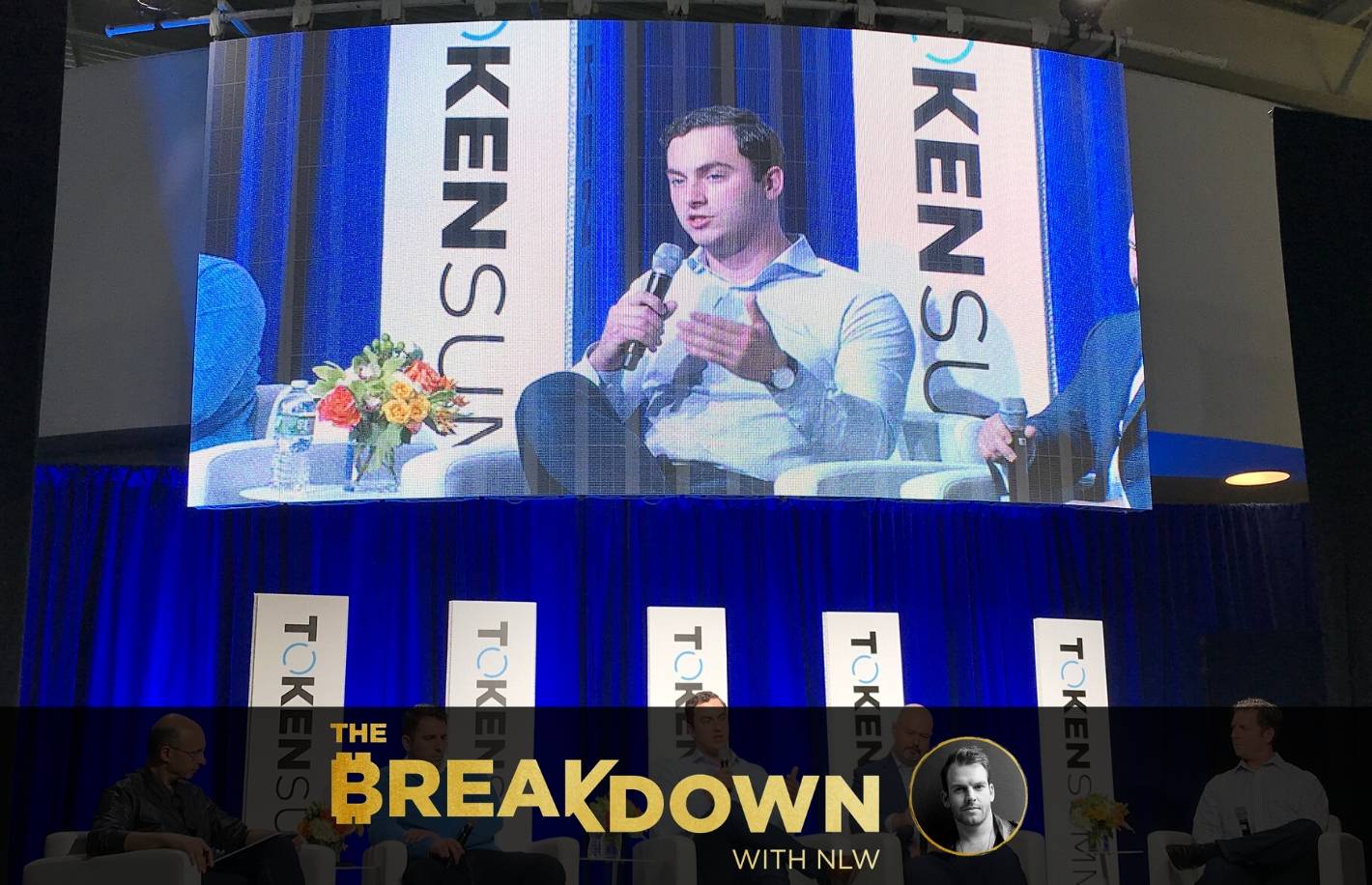Crypto Exchange Figure Markets Has a Plan to Democratize Finance
/arc-photo-coindesk/arc2-prod/public/LXF2COBSKBCNHNRE3WTK2BZ7GE.png)
-
Figure Markets combines alternative trading system capabilities with cross-collateralization of crypto and traditional assets.
-
MPC wallets matched with a goal of delivering a fully on-chain order book meet CEO Mike Cagney’s definition of a decentralized exchange.
-
Figure is using about $100 million from its balance sheet as a catalyst to drive borrowing and lending.

01:01
Bitcoin Cash Hit Highest Price Since November 2021

00:56
DOGE May Become the ‘Official Currency of Austin,’ Analyst Says

11:00
Bitcoin Will ‘Take Out’ $100K by 2025: EAG Director of Research

02:06
Degen Chain Racks up Millions in Volumes; Latest in Custodia Bank’s Legal Battle Against the Fed
At first glance, Figure Markets, the cryptocurrency exchange recently unveiled by serial entrepreneur Mike Cagney, looks like another post-FTX trading-and-custody play aimed at institutions. But dig deeper, and a spectrum of value propositions appears, from cost-saving practicalities to visionary disruption.
Key components include: an alternative trading system (ATS), a broker-dealer license, the ability to cross-collateralize crypto and real-world assets, and borrowing and lending using Figure Technologies’ balance sheet as a catalyst to get things flowing. All this is underpinned by multiparty computation (MPC) wallets, a largely decentralized order book and the backing of market maker Jump Trading.
It’s definitely true that the billions of dollars of assets marooned on FTX prompted a rethink of crypto exchanges. For Figure Markets, the need to build an exchange evolved out of sister company Figure Technologies’ history of tokenizing non-crypto assets (over $30 billion since 2018) using the Cosmos-based Provenance Blockchain built by the firm.
By Cagney’s own admission, experimental efforts such as creating an on-chain market in private company shares and trading Figure stock on the ATS, failed to gain traction. Likewise, onboarding heavy hitters such as Apollo to trade on-chain fund interests didn’t work either.
Focus on market structure
Cagney remains chirpy about this learning curve. “These are two very popular business models that people are pitching right now for blockchain. We’ve done them both and I can tell you neither work,” he said in an interview with CoinDesk. “So, we decided to take a step back and look at market structure. The thing that stuck out was Binance and Coinbase function the same way as FTX did, even after what happened there. They act as custodian and clearing agent.”
The right direction was to use MPC, based on Jump Crypto’s Silo offering, which represents a security-perfected interest that’s analogous to self-custody, and effectively delivers Cagney’s concept of a “decentralized exchange.”
Cagney’s version differs from a DEX in the sense of decentralized finance (DeFi), where anonymous parties trade using an automated market maker (AMM). It instead features a limit order book, but one that’s as close to being on-chain as is technologically possible to deploy at scale.
“We can’t scale that to a level to be competitive with Binance and Coinbase,” he said. “So you end up having to bring some order matching construct off chain, where you write back to the chain every five seconds. For five seconds, you’re using some centralized construct of orders, but you’re still not taking possession of the collateral which is important.”
In any case, Cagney’s view is that AMMs are not good for consumers. “Everyone pounds their chests about AMMs, but the reality is AMMs get exploited constantly by market makers sandwich-attacking retail clients that trade on them. The real panacea is when we get suitable blockchain computation. But until then, we have to run episodic off chain matching to just meet the throughput that we need. That isn’t disingenuous to the thesis of decentralization, or at least is in line with it.”
Market makers like Jump saw huge value, both in Figure Markets’ decentralization, as well as the possibilities of cross-collateralization. But they flagged another issue, the problem around liquidity for lend/borrow, and the ability to access capital from a lend/borrow standpoint, Cagney said. “Look at the prime brokers in crypto, there’s really only somewhere in the hundreds of millions of dollars of capital available to lend in an industry that could easily consume billions of dollars of capital a day.”
To deal with that, Cagney has apportioned about $100 million from Figure’s balance sheet to get the lending flywheel turning.
“What’s really interesting is the way you can democratize prime finance, so you don’t need an introducing broker,” Cagney said. “You just attach your wallet to the exchange and trade. I don’t need Robinhood, I don’t need Schwab, I don’t need TD [Ameritrade], and the whole prime system. What you ultimately end up with is a total reshaping of the way that financial markets work in a massively disruptive but extremely creative way to everyone in the ecosystem.”
Edited by Sheldon Reback.









